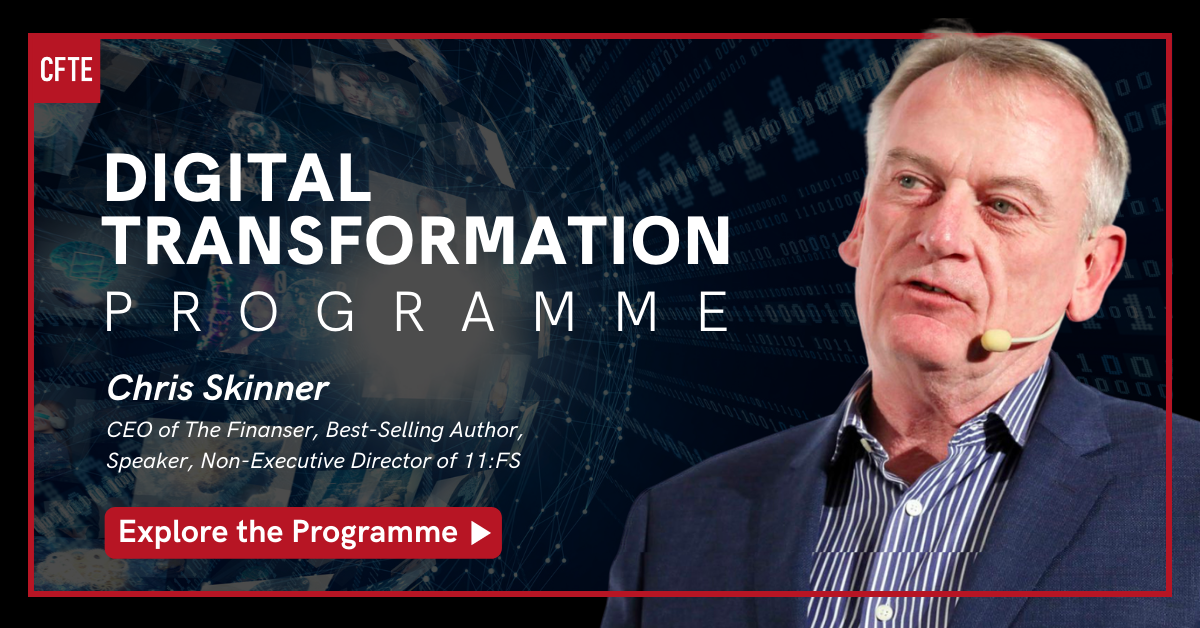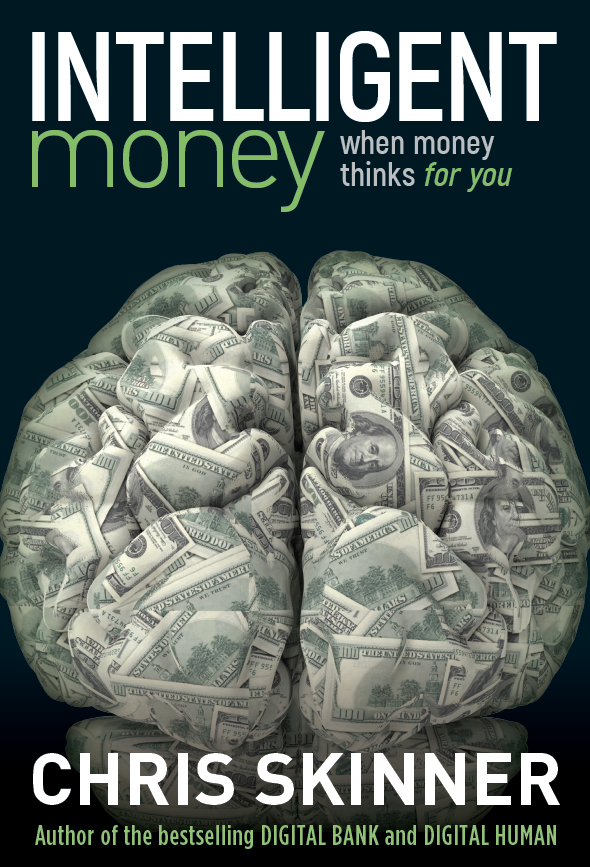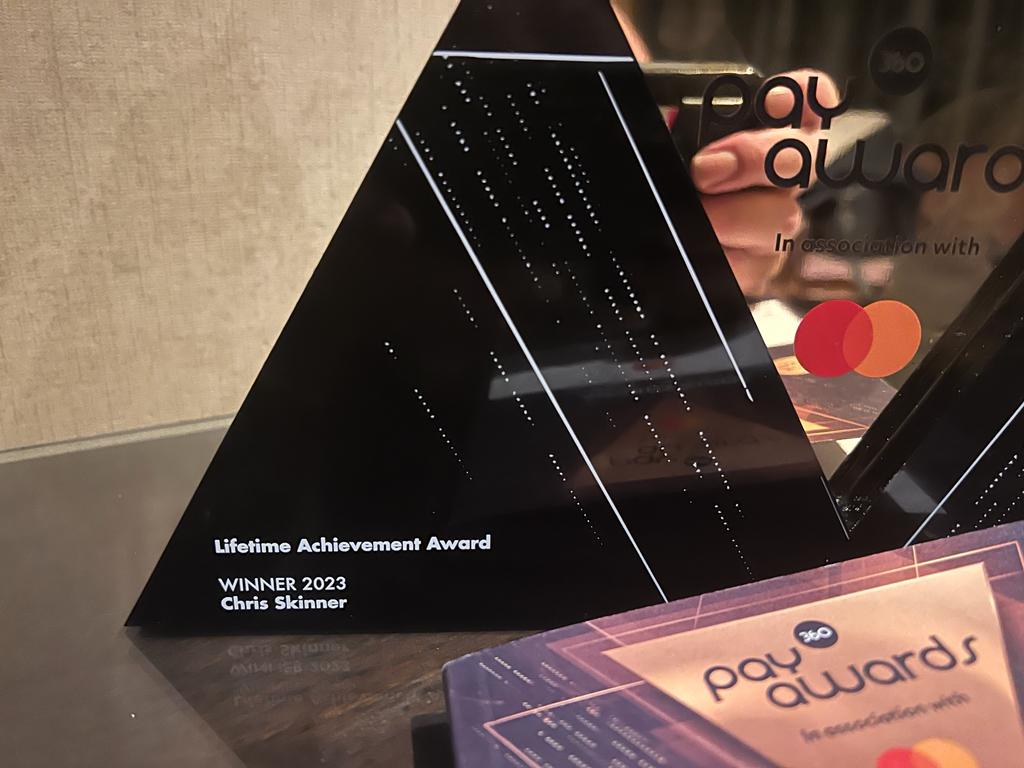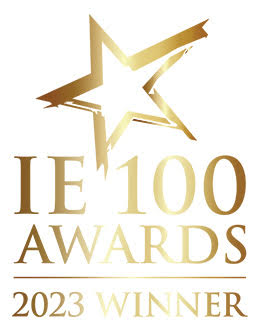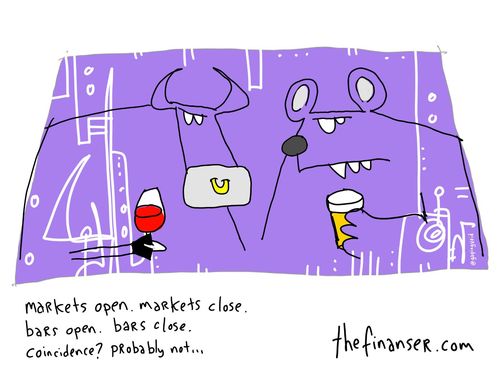
I went to a couple of really good sessions this morning,
which I will post separately as they fall under different topic structures.
The first was all about what the European financial market
infrastructure will be like in 2020.
Organised by the Eurosystem of central banks, the session discussed
the future European financial market infrastructure and what it will look like
in 2020 in terms of payments, securities and derivatives.
The panel consisted of:
- Florence Fontan, Head of Public Affairs, BNP
Paribas Securities Services; - Mark Gem, Member of the Executive Board,
Clearstream Banking Luxembourg; - Joël Mérère, Executive Director, Euroclear
France; - Jochen Metzger, and Member of the T2S Board and
Head of the Department Payments and Settlement Department, Deutsche Bundesbank; - Takeshi Shirakami, Director, Head of BOJ-NET Service
Design Group, Payment and Settlement Systems Division, Payment and Settlement
Systems Department, Bank of Japan; - Coen Voormeulen, Division Director, De
Nederlandsche Bank;
and was hosted by Benoit Coeuré, Member of the Executive
Board, European Central Bank.
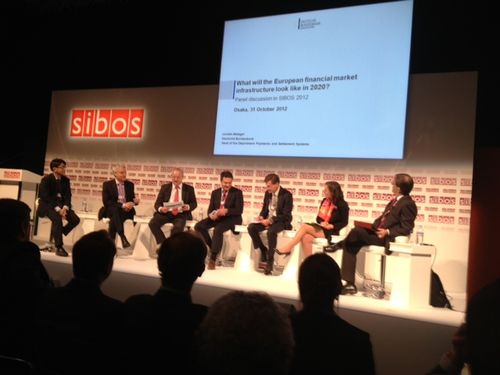
I went to the session mainly to gather views that would be
relevant for the next CAS-WG plenary session in December and so here, again,
are my highlights (impressions, not quotes):
Coen Voormeulen of De Nederlandsche Bank, presented ideas
around the fact that RTGS systems need to have more open and direct
connectivity and participation.
Coen specifically talked about TARGET2 and EURO1 as public
and private systems. That’s why they use
TARGET2 for large, wholesale payments.
Major, wholesale payments can impact economies and financial stability,
which is why it needs a public sector system to provide additional protection.
For smaller wholesale and retail payments they use EURO1 as
it is more natural to use a private sector system for these forms of payment
because it is more efficient than a public sector system. If not, it would be better to have a
centrally planned economy but the general view has to be that the markets are
more efficient than the public sector, and so EURO1 is needed to allow the markets
to function properly.
Interestingly, Coen argued that non-banks, such as the
Payment Services Providers (PSPs) should have direct access to the main RTGS
systems too. The normal objection to
this is that PSPs are competitors to banks but, as Coen put it, “if you see
them as competitors to banks then why should they be forced to clear their
transactions through their competition?”
A good point.
Jochen Metzger of the Deutsche Bundesbank had a slightly
different view. His view is that, by 2020,
nothing will be radically changed but we will see gradual developments that
change things. There will be more
ancillary systems to settle in RTGS systems based upon central bank money, and
this will be for both OTC derivatives in the secured money markets and CLS.
He made the point that T2S (TARGET2 for Securities) will settle
in TARGET2 and in KRONOS (the Danish RTGS).
Customer payments will continue to be settled in RTGS systems,
as customers demand real-time safe processing and it is beneficial to banks
liquidity management.
So what is new?
Liquidity and collateral savings features that are tailor-made
to support liquidity providers and settlement banks. This is because the public sector needs to be
more efficient in its use and allocation of capital.
There will be new monitoring features, as this is a
precondition for efficient liquidity management and regulatory reporting.
We will also have moved to ISO20022 standards in RTGS
systems, as you cannot have isolated systems.
Intriguing from my perspective, as most of the last decade
has been trying to achieve interoperability and standardisation and we still do
not have it. Will this really change by
2020?
Then Clearstream jumped in, with Mark Gem saying that we
will see an explosion of actors and exposure points, requiring a major increase
in the posting of collateral, due to Dodd-Frank and EMIR.
Collateral will need to be pledged to CCP’s and more, driven
by the need to collateralise derivative clearing and exposures. Mark reckoned that just in this space, the
increase in collateralisation demands will be anything from $2 to $4 trillion,
up from just $100 billion today, as most CCPs take collateral margin in cash. That will also have to change.
The problem with this is fragmentation of liquidity.
Equally, there is no shortage of collateral. There’s $10 trillion of collateral posted to payments
systems globally already. Firms will
have a challenge of how to manage collateral however, and means that firms will
need to get their liquidity management functions in order. That will also be a challenge, as you cannot
get your house in order if you cannot get a global view of your liquidity.
Selecting and posting collateral, and substituting
collateral between counterparties, CCPs and CSDs globally will be a big area of
focus. Switching between global venues
and managing your exposure points will need to be delivered through one systems
engine, and there are not so many engines out there to do this. The question is then how do you ramp up those
systems to manage the issues of interoperability and more.
Finally, there will never be one global platform, just look
at BOJ-NET as it runs for 23 ½ hours, what about the other half an hour (see
end for more on this), so there will always be more than one clearing system
and the trick is going to be organising interoperability.
The need then is to have the tools to allocate the
collateral effectively to the exposures, both in your own systems and in the
remote systems to which you interoperate.
Florence Fontan of BNP Paribas expanded upon these themes
and said that we will need safeguards and links between central bank money and
commercial bank money. This is a key
point of dispute as the new RTGS systems, offering direct and open
participation of banks and non-banks along with more fragmentation of liquidity
and venues to post collateral means that the complexity will increase
dramatically.
Specifically there will be a danger of commercial bank money
being mixed up with central bank money, and we cannot mix them in the middle. If you mix them together, you just have
commercial bank money at risk. We need
efficiency in the links between the two worlds of course, but we must not
create unintentional and additional risks between them by possibly mixing them
together.
Mark mentioned the BOJ-NET running for most but not all of
the day.
BOJ-NET is a new development for the central bank system in
Japan. It aims to be live in early 2016
and will conform with XML ISO20022 standards.
The system will run for 23 ½ hours per day, unlike the current system
which ends at 19:00 and starts at 08:00.
Chris M Skinner
Chris Skinner is best known as an independent commentator on the financial markets through his blog, TheFinanser.com, as author of the bestselling book Digital Bank, and Chair of the European networking forum the Financial Services Club. He has been voted one of the most influential people in banking by The Financial Brand (as well as one of the best blogs), a FinTech Titan (Next Bank), one of the Fintech Leaders you need to follow (City AM, Deluxe and Jax Finance), as well as one of the Top 40 most influential people in financial technology by the Wall Street Journal's Financial News. To learn more click here...





